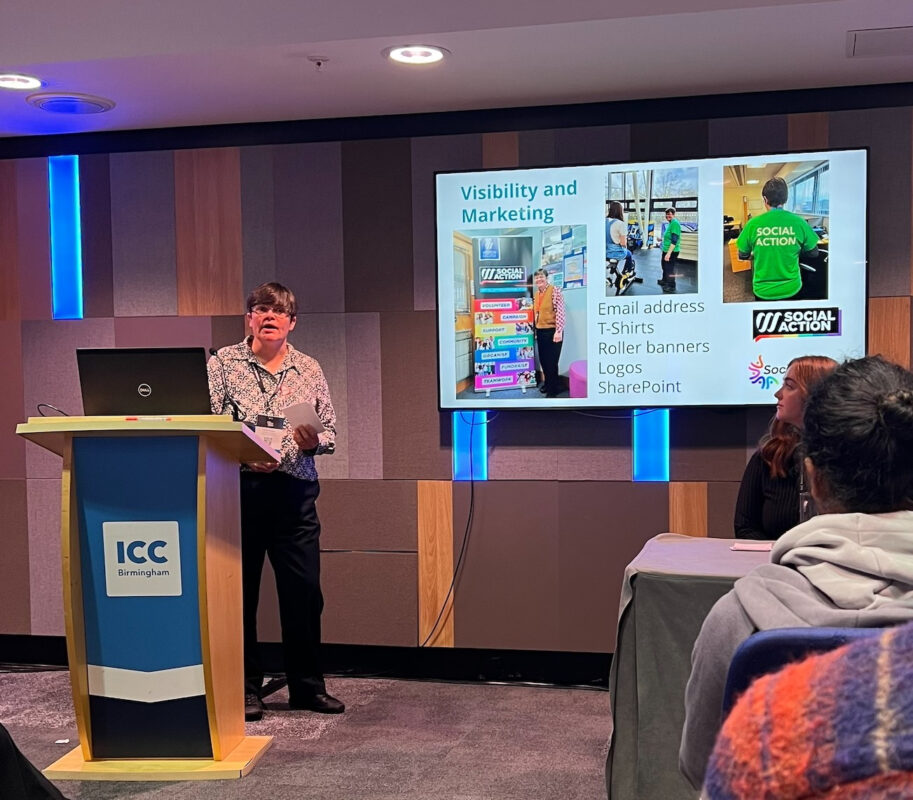Fashion leaders of the future must be equipped to tackle climate change

Fast fashion culture has conditioned consumers to believe that every item is disposable and that wearing the same outfit twice is unacceptable. Amplified by social media, consumer waste culture is driven by the rapid turnover of fashion trends and the demand for cheap clothing. To change the status quo, we need a generation of leaders in the fashion industry putting sustainability first and education will be key to achieving this.
University fashion courses need to fully integrate sustainability into the curriculum, so the next generation of fashion leaders have the knowledge and tools to reduce fashion’s impact on the environment.
The fashion industry is one of the largest contributors to environmental degradation, comprising 10% of annual global carbon emissions – more than all international flights and maritime shipping combined. Action must be taken promptly to decrease the dire effects the fashion industry has on our planet.
With a single pair of jeans using 1,800 gallons of water, exacerbated by the fact that 85% of textiles end up in landfills each year, we need to change people’s attitudes towards clothing. Brands themselves must be responsible for sourcing sustainable materials and encouraging the recycling of garments.
Some companies are already stepping up to the plate. The rise of the sustainability agenda in fashion has inspired renowned projects in the industry, including Patagonia’s Common Threads Recycling Program, encouraging customers to fix damaged clothing or providing a service allowing customers to ship garments to the brand’s repair facility for an affordable fee to prevent clothes from going into the landfill or sitting unworn in wardrobes.
Levi Strauss also published a report on ‘the Lifecycle of a Jean’, dissecting exactly how much carbon, wastewater and finite resources are pumped into the creation of a single pair of jeans highlighting how many brands are trying to change. A key finding from the report was that consumers tend to over-wash their clothing so it recommended that washing every 10 times a product is worn instead of every two times will reduce energy use and water intake by up to 80%. This highlights how it is not only about reducing the number of clothes we buy but also ensuring an item has a longer lifespan – and educating consumers on how to do this.
It’s integral that fashion leaders of the future are well informed on the sustainability agenda, to both reduce the carbon footprint and ensure the durability of items reduce the frequency of purchases and encourage the recycling of materials.
Educating people will be key to achieving this. Staffordshire University’s fashion course has been designed to teach individuals about many different aspects of sustainability. For example, students will undertake integrated garment deconstruction exercises, to explore how to create long-lasting and high-quality sustainable clothing.
Students are also encouraged to find a thrifted item of clothing, like an old suit, deconstruct the item fully and reuse all aspects to create a new item. They are also challenged to leave as few scraps as possible, finding ways to repurpose clothing to make it current and wearable. Having sustainability integrated into university fashion courses will ensure students acquire the necessary knowledge and skills to drive the sustainable transformation of the fashion industry moving forwards.
Sustainability is not just about the carbon footprint or water use of a garment; for your wardrobe to be truly green, consumers must also consider how ethical supply chains are. Incidents like the factory collapse at Rana Plaza have exposed the terrible working conditions in the fast fashion industry and highlight how we need to ensure many more brands are exposed for using labour from sweatshops and unsafe factories all the time. The visibility of the value chain is a crucial aspect of the sustainability of clothing, and brands must be transparent and proactive in obliterating modern slavery and poor working conditions.
Staffordshire University’s fashion course also looks closely at the ethics of fashion supply chains, analysing Fashion Revolution’s Transparency Index to understand the people behind the garments. Without transparency, achieving a sustainable, accountable, and fair fashion industry will be impossible. This index publicly discloses information on the sustainability strategies of brands, allowing anyone to scrutinise their policies, hold them accountable for their claims and advocate for positive change.
By exposing the unsustainable practices of brands, consumers are becoming more aware of the impact their everyday purchases have on the planet, and the environmentally conscious consumer is becoming more commonplace.
While the fashion industry continues to put profit before the planet, we must reflect on how our purchasing habits fuels the destruction of the planet. If we don’t act now, the fashion industry will comprise more than 50% of global carbon emissions by 2030 and enforce irreversible damage to our environment. As academics, it is our responsibility to equip the next generation of fashion leaders to drive the sustainability agenda and help save our planet.
Rachel Heeley is a senior lecturer and course leader in fashion at Staffordshire University











Responses